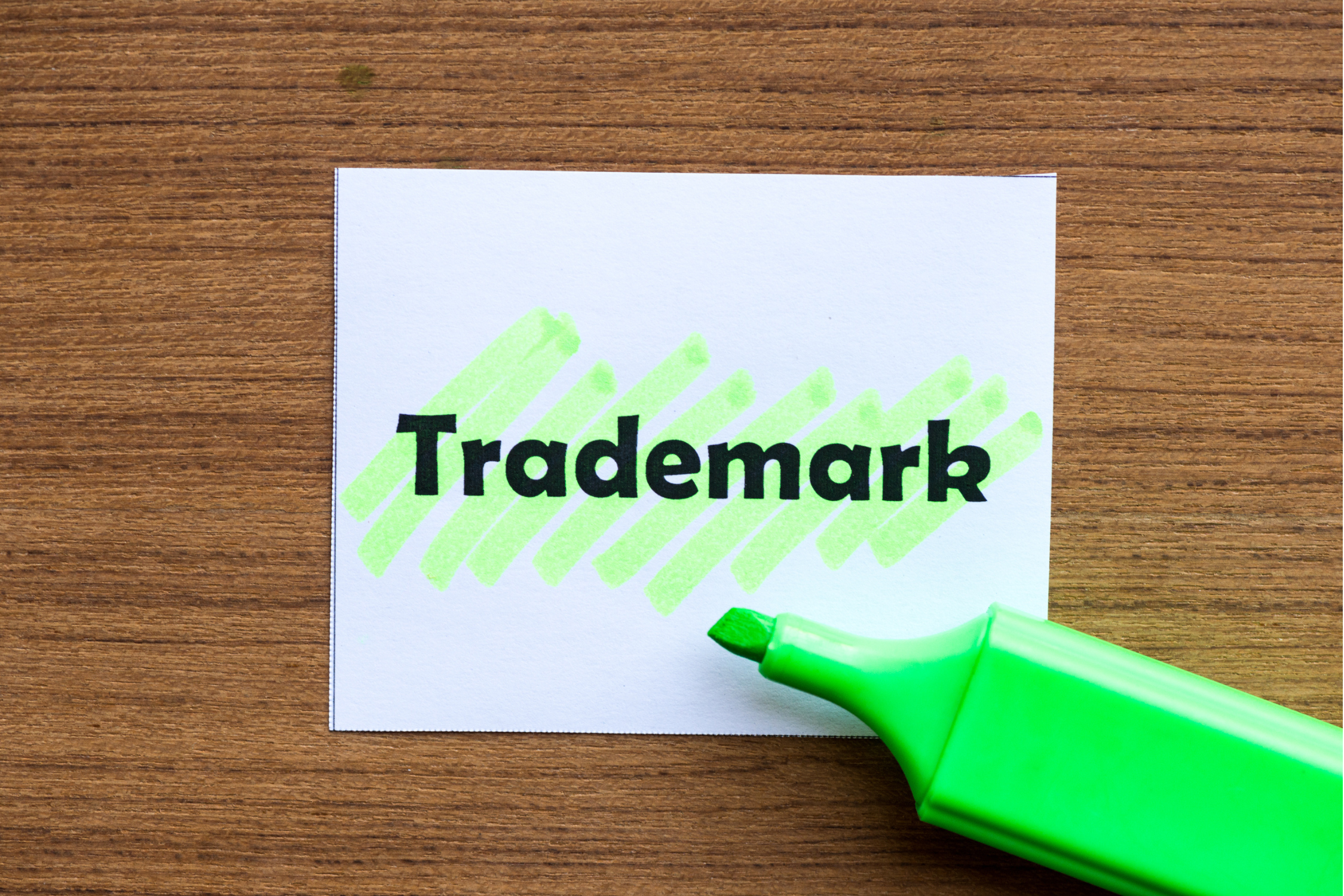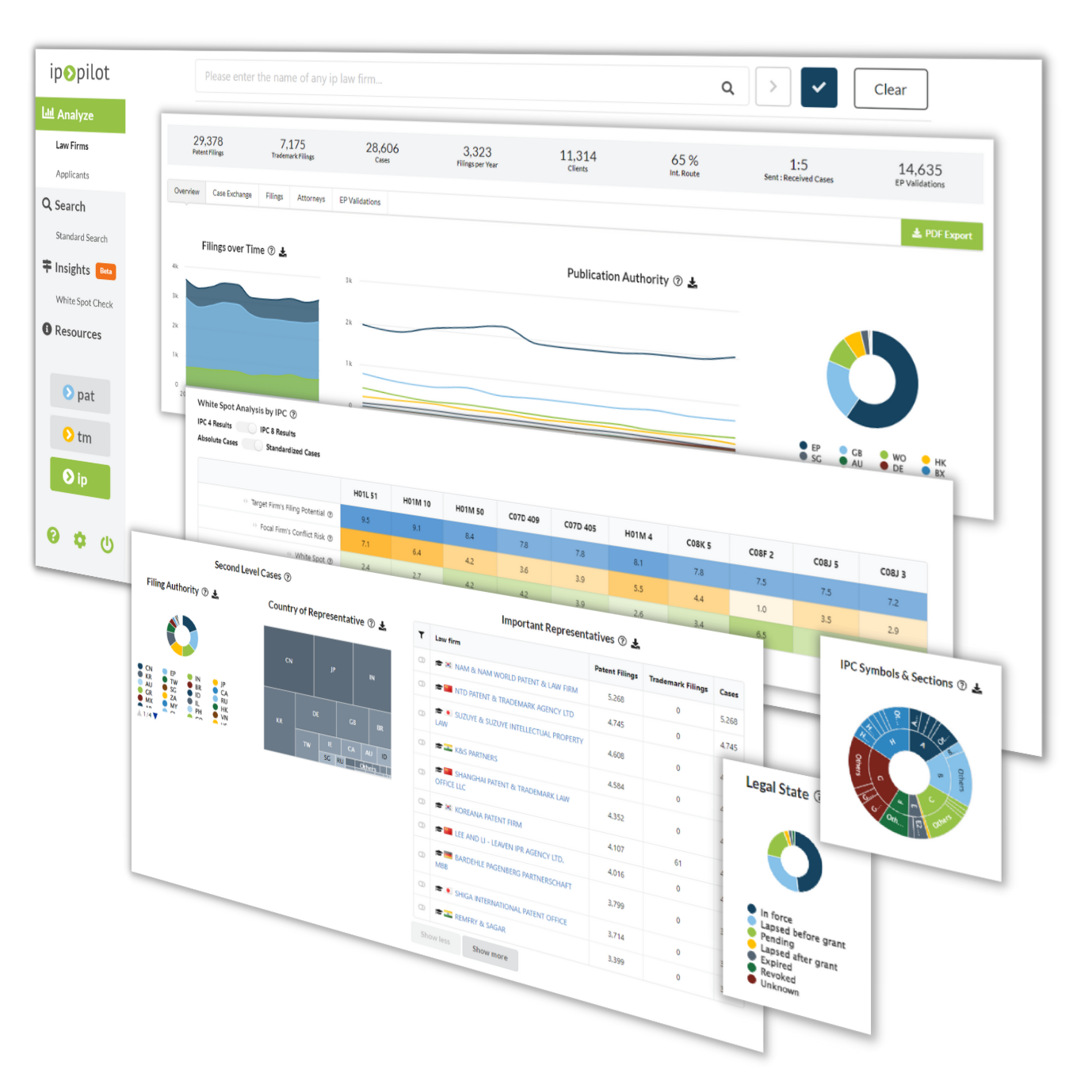Instead of following cumbersome and complicated national patenting procedures, many applicants in Europe and worldwide choose to take the European route, ensuring protection in the EPO contracting states all at once. Therefore, prosecution of EP filings remains a rather profitable and scalable venue for regional IP law firms’ businesses.
As IP Pilot’s data reveals, last year European representatives handled a total of 170,245 patent applications. In terms of geographic origins, German (77,568 applications) and UK (43,975 applications) agents prosecuted most cases in 2020. Representatives from the two countries respectively accounted for 45% and 26% of European patent filings. The next closest followers were from France. They handled 8% of the relevant applications.
So, an interesting question arises: Which law firms were the most active representatives of the EP filings in 2020?
To find the answers, IP Pilot analyzed thousands of European patent applications first published between 2018 and 2020. Hence, the table below shows the top 50 IP law firms prosecuting EP applications last year.
Unsurprisingly, German and UK firms were prominently present in the list and together accounted for 90% of relevant filings.
To name a few examples, German HOFFMANN EITLE, GRÜNECKER PARTG MBB, and British DEHNS were the three unchangeable leaders in the rank since 2018. Well-known MARKS & CLERK, VOSSIUS & PARTNER, BOEHMERT & BOEHMERT, MEWBURN ELLIS LLP, HGF LIMITED, and D. YOUNG & CO. were in the top 10.
Apart from IP law firms from the UK and Germany, French (PLASSERAUD IP), Italian (BUGNION SPA), Dutch (NLO NEDERLANDSCH OCTROOIBUREAU), and Swedish (AWA) representatives also reserved prominent places among the top 50 IP law firms prosecuting EP filings in 2020.
Further, two interesting observations are in place.
First of all, if to analyze data for the top 50 IP law firms specifically, it turns out that German and the UK agents handled 45% and 43% of EP filings respectively (see Figure 2). This is almost an equal share, given that in total, representatives from Germany prosecuted virtually as twice as many patent applications as British representatives (see Figure 1). This implies that EP filings are scattered among the larger group of smaller German firms and concentrated among the smaller group of prominent UK agents. Additionally, this could mean that a significant part of German EP filings was handled by the corporate IP departments.
Secondly, the detailed examination of the patent firms’ profiles on the IP Pilot platform revealed that the agents listed at the top of the table tended to focus on international applicants and international business. For example, according to the proportion of foreign and domestic filings prosecuted between 2015 and 2020, MARKS & CLERK (number 4 in the list) represented 25% of domestic and 75% of foreign applications; D. YOUNG & CO. (number 9) – 28% of domestic and 72% of foreign filings. To compare, LAVOIX (number 48) handled 88% of domestic and 12% of foreign applications; ARNOLD & SIEDSMA (number 47) – 46% of domestic and 54% of foreign filings.
This fact indicates that the volume of the EP patent applications prosecuted by the firms can potentially serve as an identification of the European IP law firms’ business orientation.
To sum up, EPO is an attractive market and convenient patenting route for many applicants worldwide. That is why EP filings represent a rather considerable part of the European IP law firm’s businesses. German and British firms were the leaders in this respect and took over a substantial share of the relevant patent applications last year. Further, the prominent EP representatives tended to prosecute filings on behalf of foreign clients, while firms with lower volumes were somewhat focused on local applicants.










